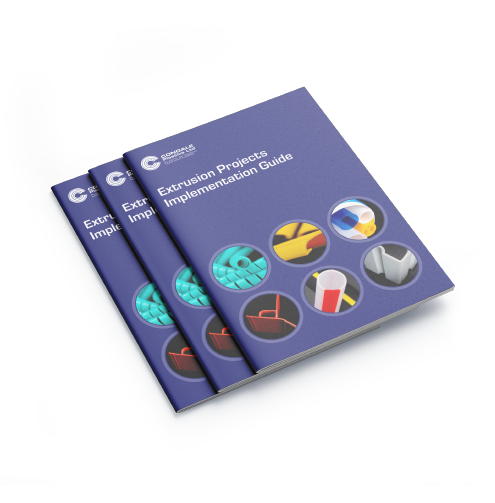In recent years, PVC has become the victim of much environmental debate however for many reasons it remains the best choice of material for both its properties in use and its proven recyclability. In fact, PVC is one of the most commonly used and reliable plastics that can actually save energy and CO2 emissions. Furthermore it is one of the most widely recycled plastics.
PVC applications – making a positive environmental impact
The British Plastics Federation has produced an interesting film, which anyone questioning whether extruded PVC profiles are an environmentally sound choice should watch.
The short film dispels some of the myths about the use of PVC, in particular using PVC in the building and construction industry, and includes facts and figures about the energy and cost savings PVC products can generate.
For instance, The British Fenestration Rating Council rates windows for energy efficiency from A (the most energy efficient) to G (the least energy efficient.) The vast majority of their A-rated windows contain PVC window frames, which according to investigations by independent authorities, require virtually no maintenance, cost less and last longer than functionally equivalent frame materials.
Fife Council in Scotland calculated that an average three-bedroom property would save nearly £300 each year in energy bills if more energy efficient PVC window frames were installed. Over its 35-year life span, that’s savings of more than £10,000.
Recycling PVC – the challenge and achievements
Looking back a decade to where we are today, the PVC industry has made a dramatic transformation in terms of addressing the industry’s waste management needs.
The European PVC industry’s launch of Vinyl 2010 – the first ever sustainability program – some 13 years ago, was undoubtedly the catalyst for radical change. The program brought together resin manufacturers, additive producers and converters, represented by their respective European associations, in a united pledge to recycle post-consumer PVC waste and achieve other challenging manufacturing targets.
Prior to Vinyl 2010, there was no infrastructure for PVC recycling in Europe, and many dismissed it as an unrecyclable material. However at the completion of the program, almost one million tons of PVC had been recycled across Europe.
Achieving and exceeding its recycling goals, the PVC industry subsequently launched VinylPlus, which aims to recycle 800,000 tons per year of PVC by 2020, including 100,000 tons of difficult-to-recycle waste.
PVC extrusions in everyday use
Versatility and cost effectiveness makes PVC the most important polymer in the building and construction sector with approximately 75 per cent of all PVC manufactured being used in building materials. PVC window profiles, PVC cladding, PVC cable ducts and PVC shower seals are just a few examples of extruded PVC that are used daily by construction engineers; however the use of PVC extrusions stretches far wider than this industry alone.
Flexible PVC extrusions and rigid uPVC extrusions can be spotted frequently in the home, at work and out and about. Although they might go unnoticed, PVC extrusions are present everywhere. Take a trip to your local supermarket or shopping centre and you’ll see display shelves, ticket holders and refrigerator guards all extruded from PVC. Or look around your office and you’ll find PVC wall fittings, door tracks and glazing trims.
In the medical industry, PVC was introduced into flexible tubing and containers as a replacement for natural rubber and glass, and today, medical grade PVC tubing is an essential component in many medical devices delivering fluids to and from the body.
We have been PVC extruders for almost 45 years and we know that PVC is a smart material and its potential continues to grow.



